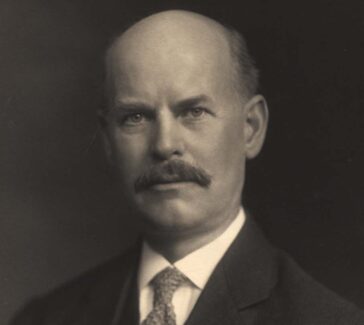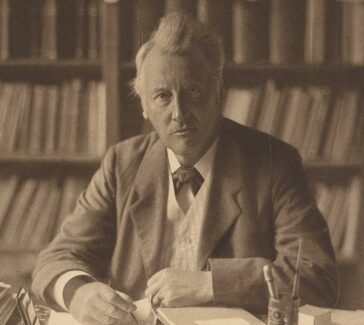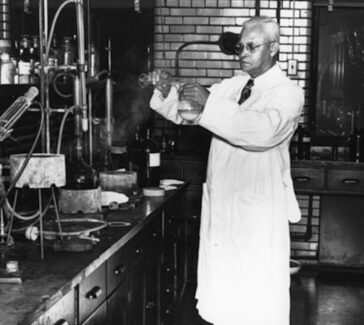Mario Molina
As a postdoctoral researcher, Molina proposed that CFCs had the potential to destroy Earth’s protective ozone layer. The Mexican chemist eventually received a Nobel Prize for his discovery.
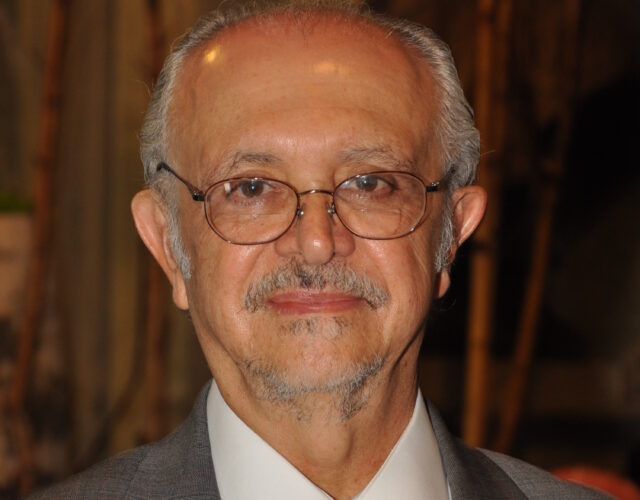
Mario Molina (1943–2020) was the first to realize that chlorofluorocarbons (CFCs) could destroy ozone. In the two decades following his discovery, he and his mentor became voices alerting the world to the danger of CFCs and ozone depletion. Their warnings often fell on deaf ears. Once confirmed, however, their findings earned them a Nobel Prize.
In 1973 Molina, a postdoctoral researcher working in the laboratory of F. Sherwood Rowland at the University of California, Irvine, made an unsettling discovery. He had been investigating a class of compounds called chlorofluorocarbons, or CFCs. CFCs were used as refrigerants, aerosol sprays, and in making plastic foams. Molina wondered what happened to them once they were released into the atmosphere.
LEARN MORE
Biography is one way of learning about a person. Oral history is another. Spend a few minutes listening to Mario Molina’s interview archived by the Science History Institute’s Center for Oral History. What do you hear? Has the recording picked up background noises, interesting accents, nervous laughter, or meaningful pauses? What might these tell you about the interview context, who is speaking, or how the speakers feel about the memories being discussed? What do think you can learn about Molina from his oral history that is different from the content of this biography?
How CFCs Destroy Ozone
Molina’s study was a hypothetical one based on computer modeling, but his results suggested that CFCs could, in theory, destroy an oxygen compound called ozone under the conditions that exist in the upper atmosphere. Far above the earth’s surface, in the stratosphere, a thin layer of ozone floats, protecting us from the sun’s ultraviolet radiation. Molina, just a young scientist at the time he did the study, was nervous about talking to Rowland about his theory of how CFCs might destroy ozone. But if CFCs really could reduce ozone at a predicted rate of 7 percent after 60 years, the world would be in trouble.
According to Molina’s theory, the same photons from ultraviolet light that break oxygen molecules apart to produce oxygen atoms can also break CFCs apart to release chlorine atoms, among other products. Since the chlorine atom has an unpaired electron, it is a radical. Radicals are very reactive; so chlorine atoms react easily with molecules of ozone.
When a chlorine atom encounters an ozone molecule (O3), it takes one of the oxygen atoms away, leaving O2 and chlorine oxide (ClO). ClO is also a reactive radical and reacts quickly with another ozone molecule, converting it to two O2 molecules, and freeing the Cl to do still more damage. Since the radical Cl atom starts this whole reaction but is not consumed in the process, it is a catalyst for the ozone destruction reaction.
Rowland took his protégé seriously. Over the next two decades he and Molina became voices alerting the world to the danger of CFCs and ozone depletion. They were not always heeded. Bans on CFCs in aerosol sprays went into effect first in the United States in 1978 and later in Canada, Norway, and Sweden. CFC use for other purposes only increased. Scientists, activists, politicians, and CFC-producing companies would argue for years over the merit of Molina’s theories.
Early Life
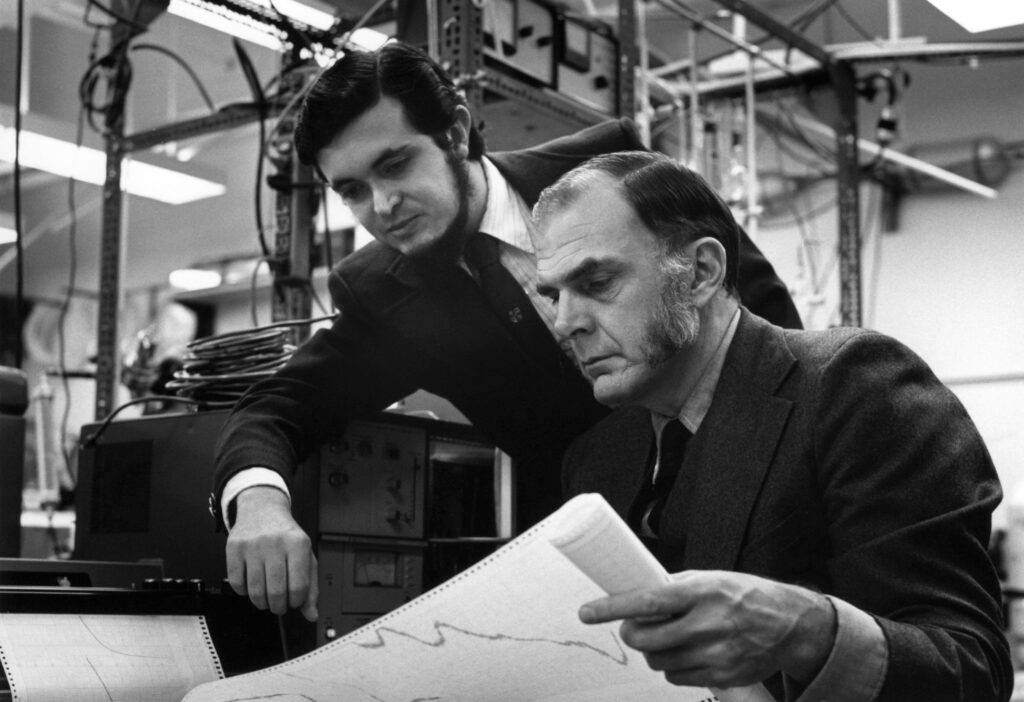
Molina was born in Mexico City, where his father was a successful lawyer and a diplomat. As a child Molina was fascinated with chemistry and converted one of the family bathrooms to a chemistry laboratory for himself. His aunt, Esther Molina, was a chemist, and she encouraged and mentored the boy by helping him carry out more advanced experiments than normally possible with a child’s chemistry set. Recognizing his passion for science, Molina’s parents sent him to a boarding school in Europe, where they thought his interests would be nurtured.
Molina returned to Mexico City for college and earned an undergraduate degree in chemical engineering from the Universidad Nacional Autónoma de México in Mexico City. He then studied mathematics and science at universities in Germany and France to fill deficiencies in his academic background.
Finally, he was accepted for graduate study at the University of California, Berkeley. After earning his doctorate he made his way to UC Irvine, where he joined Rowland’s group as a postdoctoral researcher. It was then that Molina and Rowland began wondering what might be happening to CFCs released into the atmosphere.
Evidence in Support of His Theories
Later, Molina moved on from UC Irvine to work at NASA’s Jet Propulsion Laboratory near Pasadena, where he continued to investigate ozone depletion. Over the years evidence mounted in support of Molina’s theories, leading to increased international regulation of CFCs. But this did not happen easily, nor did it happen overnight. Before most of the world would listen, it took an alarming observation in 1983 by British scientist Joseph Farman and colleagues that the ozone levels in the stratosphere above Antarctica had been dropping dramatically, by as much as 35 percent, during the Antarctic spring (September through December) compared with 1960s’ levels.
A few years later an expedition to Antarctica was organized, led by Susan Solomon, to investigate the growing “hole in the ozone,” soon Molina’s and Rowland’s theories were vindicated. Solomon’s team was able to prove that CFCs were to blame for ozone loss over Antarctica.
Nobel Prize
In 1987 the Montreal Protocol for reducing named substances that deplete the ozone layer was opened for signature. By 2009 all nations in the United Nations had ratified the original protocol. In 1995 Molina and Rowland were awarded the Nobel Prize in Chemistry, along with Dutch scientist Paul Crutzen, for the work they had done in helping unravel the mysteries and dangers of CFCs.
First at the Massachusetts Institute of Technology and then at the University of California, San Diego, and the Center for Atmospheric Sciences at the Scripps Institution of Oceanography, Molina continued his research on gas-phase chemistry, including the effects of pollutants in the atmosphere. Not forgetting his roots, he also studied strategies for making the air in cities cleaner. Mexico City was the case study for this project and is also the home of the Centro Mario Molina, which is dedicated to finding solutions to the challenges related to climate change, sustainable development, and the efficient use of energy.
In 2013 Molina was awarded the Presidential Medal of Freedom by Barack Obama for his contributions as a “visionary chemist and environmental scientist.”
You might also like
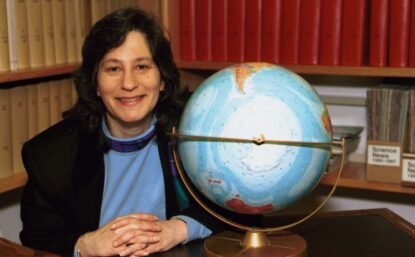
SCIENTIFIC BIOGRAPHIES
Susan Solomon
In the mid-1980s, Solomon led expeditions to Antarctica to gather evidence that CFCs were destroying the ozone layer.
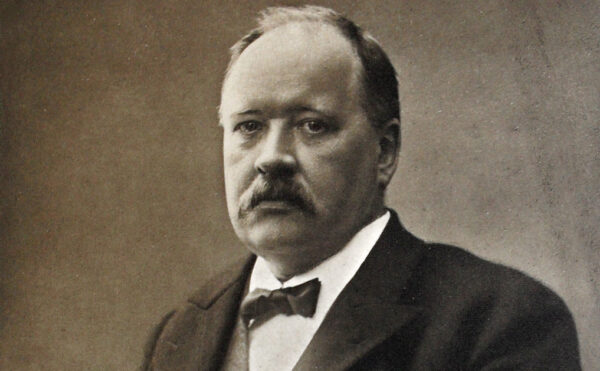
DISTILLATIONS MAGAZINE
Future Calculations
Was Svante Arrhenius the first climate change believer?
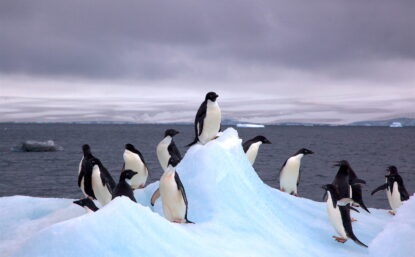
DISTILLATIONS PODCAST
Whatever Happened to the Ozone Hole?
An environmental success story.

